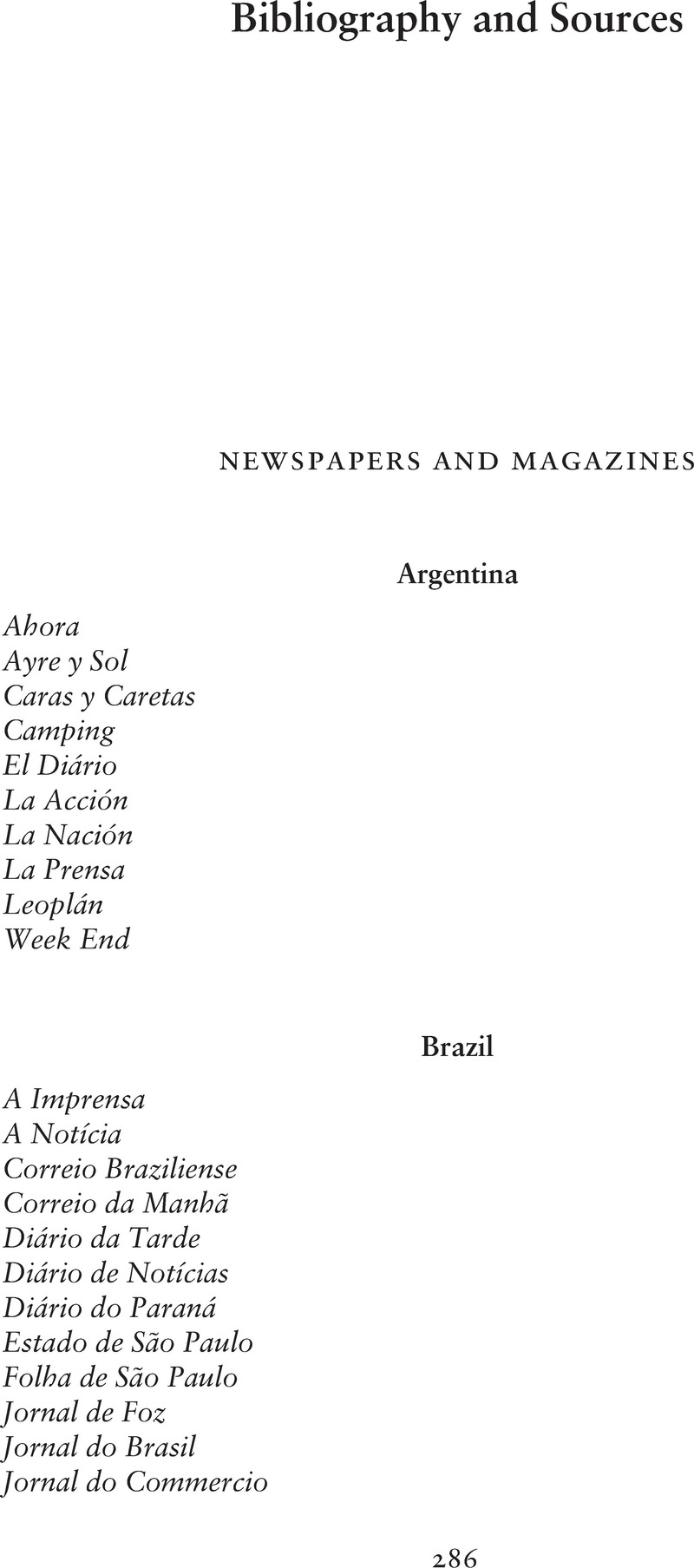Book contents
- Nationalizing Nature
- Cambridge Latin American Studies
- Nationalizing Nature
- Copyright page
- Dedication
- Contents
- Figures, Maps, and Tables
- Acknowledgments
- Note on Terminology and Orthography
- Introduction: Boundaries of Nature
- 1 Nationalizing the Border
- 2 Playing Catch-Up
- 3 A Park and a Town
- 4 Land Conflict
- 5 Surveillance and Evasion
- 6 The View from Above
- Epilogue: The Resilience of Boundaries
- Bibliography and Sources
- Index
- Other Books in the Series (continued from page ii)
- References
Bibliography and Sources
Published online by Cambridge University Press: 08 March 2021
- Nationalizing Nature
- Cambridge Latin American Studies
- Nationalizing Nature
- Copyright page
- Dedication
- Contents
- Figures, Maps, and Tables
- Acknowledgments
- Note on Terminology and Orthography
- Introduction: Boundaries of Nature
- 1 Nationalizing the Border
- 2 Playing Catch-Up
- 3 A Park and a Town
- 4 Land Conflict
- 5 Surveillance and Evasion
- 6 The View from Above
- Epilogue: The Resilience of Boundaries
- Bibliography and Sources
- Index
- Other Books in the Series (continued from page ii)
- References
Summary

Information
- Type
- Chapter
- Information
- Nationalizing NatureIguazu Falls and National Parks at the Brazil-Argentina Border, pp. 286 - 307Publisher: Cambridge University PressPrint publication year: 2021
